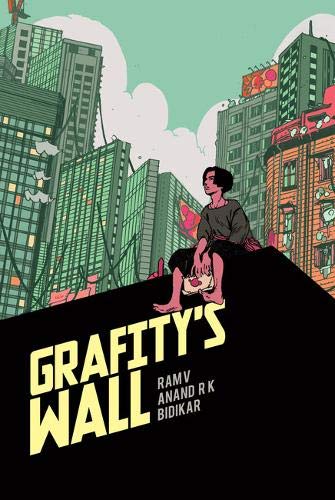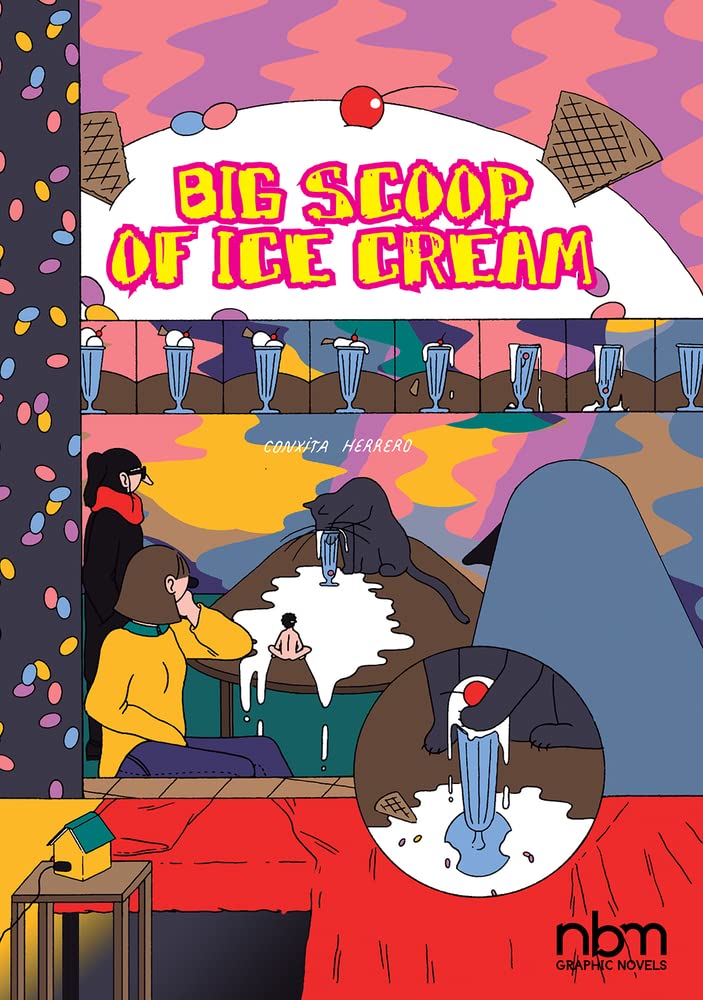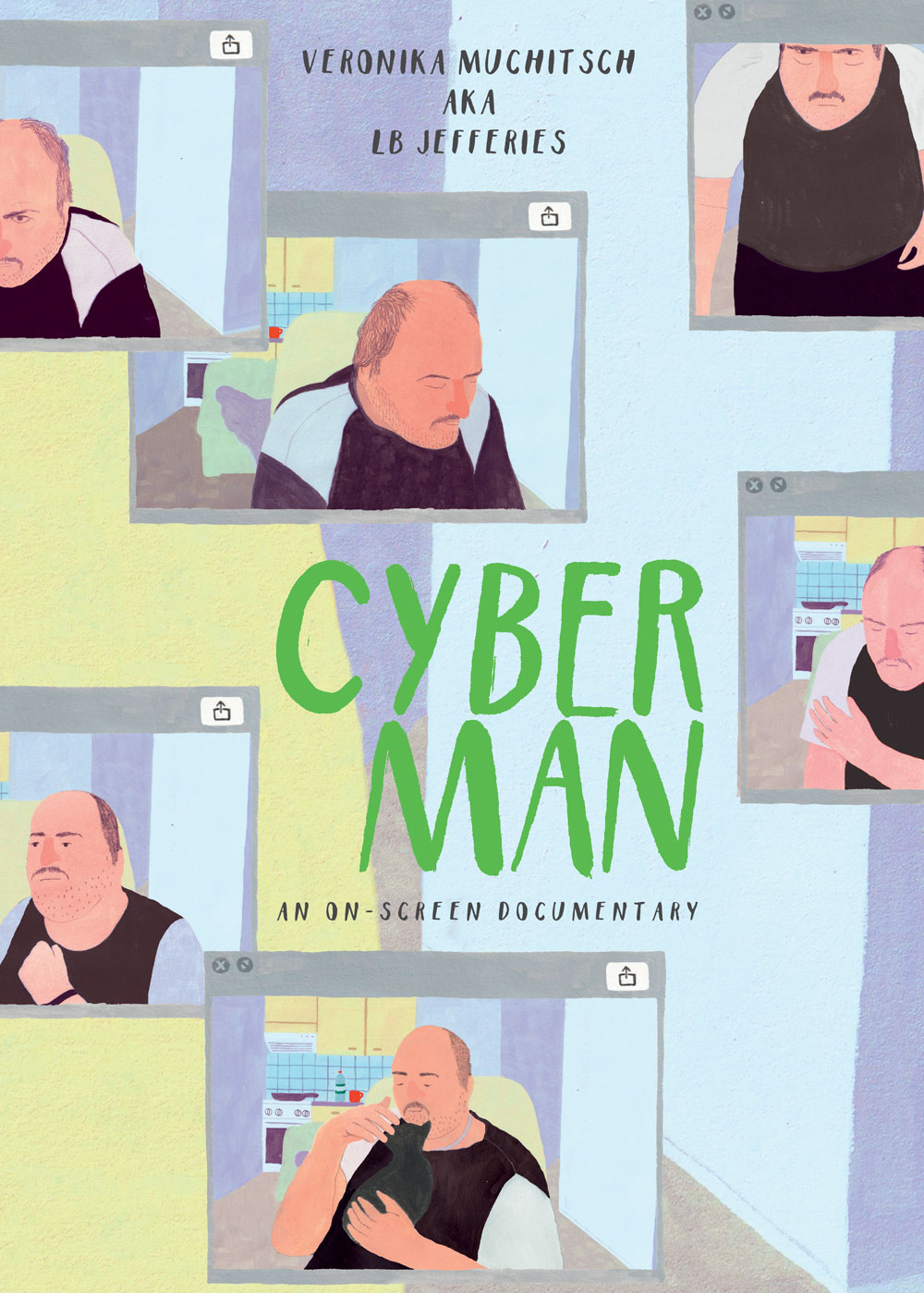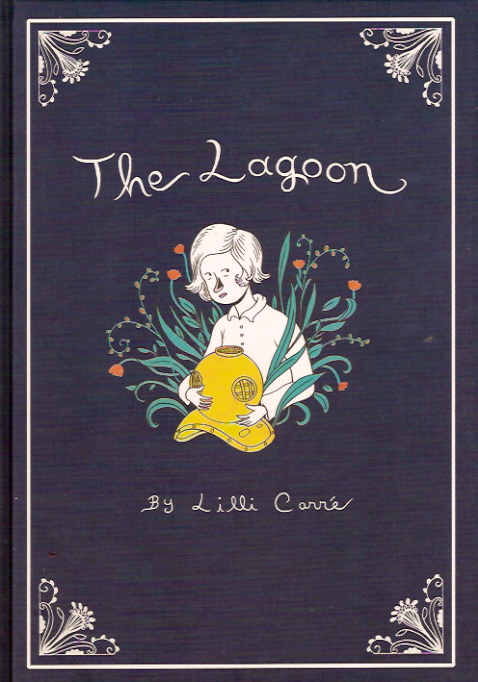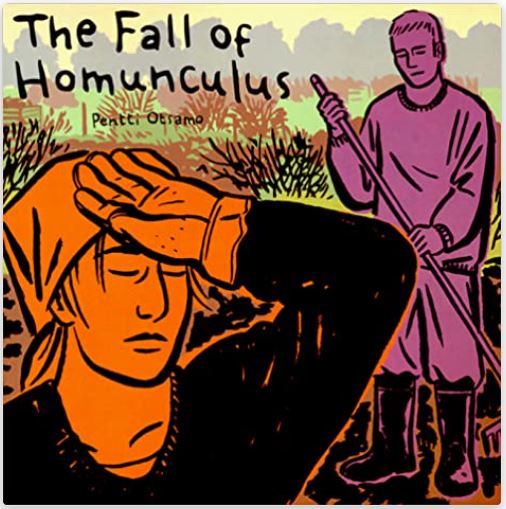


By Lucie Arnoux (Jonathan Cape)
ISBN: 978-1-78733-359 8 (HB/Digital edition)
Win’s Christmas Gift Recommendation: Sweet, Smart Reminder of What We Are and Where We’re Going … 9/10
The French have a word for it…
We Brits have an hard-won and insanely-cherished Awkward Relationship with the French. On “our” side, the unending, frequently re-declared war of cultures and attitudes stems from our envy of their scenery, beautiful holiday locations, wonderful food, all those different words (like chic and elan) for style, mature and easy attitudes to sex and even the cheap booze & smokes. It’s all bundled up in a shared history of squabbling with a neighbour.
For us, it’s their arrogant smugness, never knowing when they’re wrong and/or beaten, inconceivable ability to say no to their leaders and rulers, never knowing their place and just plain not being British. Worst of all is they do it all whilst making us look stupid: “indulging” and “tolerating” our antics.
Oh, and sport too. They won’t accept our clear superiority there, either. They don’t even play cricket and have their own name for bowls…
I won’t detail their side, even though it’s probably as justified and well-reasoned. Until this book, there was never any evidence that a Gallic heart could fathom the workings of the English mind…
At least the rivalry is generally good natured these day, but can still somehow be exploited to rile up an unwholesome and frankly embarrassing audience whenever dog-whistle politics are unleashed or if newspapers need a quick boost to prop up our equally despised governments. Of course, theirs are despised at home too, but at least seem to know what they’re doing…
At heart, the entente cordiale is an ambiance we’ve carefully cultivated for more than a millennium, nurturing it like a Home Counties lawn or boutique-brewed artisanal gin, which is why it’s such a splendid moment when national disgraces like me can say “Oi! Look at this”…
The one place where the French constantly and conclusively kick our derrieres is comics. Acknowledged as an art form (officially The Ninth Art, in fact) the medium and industry is supported, understood and appreciated by all: calling forth talented individuals like the ungrateful émigré revealed in this tome: someone who inexplicably loves us here as we are and has made her home among us oiks and heathens for more than a decade now…
Lucie Arnoux is a story-maker based in London, from where she’s been embracing our peculiar uniqueness for over a decade. When not travelling the world, she gratefully returns to her English home, celebrating so many conflicting aspects of us, channelling her mania for drawing and music and art in all forms into comics, teaching, illustrating, book writing, set design, sculpture, knitting and so many more forms of sharable self-expression…
I’ve never met her, but she’s clearly as engaging and personable as she is gifted, and – in this big colourful hardback collection of strips – shares her history, thoughts, dreams and adventures with astounding frankness.
A self-confessed misfit looking to find her place, Arnoux draws beautifully in a clear, expressively welcoming – almost chatty – manner and knows how to quietly sneak up, grab your undivided attention and never let go. In a succession of seditiously disciplined 9-panel grids which act as counterpoint to the free flowing pictorial excursions, the auteur deftly steers us through her self-determined chaotic life.
It’s like a comics take on those wonderful 1990s Alan Bennett character studies Talking Heads, revealing greater truth through apparent conversation, intimate fact and candid self-assessment, except here you can actual see what does and doesn’t happen …and how…
Across these page you’ll learn how the drawing-addicted prodigy grew up in Marseilles in an unconventional family amidst unfriendly school inmates and unsettled environs. How she was a remarkable comics prodigy who began working professionally at the age 14, the same year she first visited Britain and inexplicably fell in love with the place…
Formally learning her craft under a strong editor at Studio Gottferdom, she produced a weekly autobiographical strip for legendary fantasy publication Lanfeust Magazine, studied unhappily in Paris, and eventually migrated to her happy place and spiritual home… London.
You’ll pry no more secrets from me: this is a hugely enjoyable treat that you deserve to experience with no preconceptions or spoilers. So go do that, then buy copies for all your friends…
Je Ne Sais Quoi is a fabulously absorbing jolly with a delightfully forthright companion. Arnoux unstintingly shares her thoughts, feeling and experiences in a manner guaranteed to win over the most jaded companion – especially as she garnishes her slivers of fresh experience with laconic but unguarded observations, glimpsed through the welcoming lens of regional foods, booze, hunts for companionship, festivals attended, artworks made, consumed and enjoyed.
Sharp, funny, disarmingly incisive, heart-warming, uncompromising and utterly beguiling, this moving memoir is a comics experience you’ll want to relive over and again.
© Lucie Arnoux 2022.
Je Ne Sais Quoi will be published on 27th October 2022 and is available for pre-order now.
If, like Lucie, you’re London-based, love to travel and party, there’s a Launch Event scheduled for that day at the wondrous and fascinating Gosh! Comics. For details see Gosh! Comics (goshlondon.com)
There could be wine, there may be cheese, there WILL be Lucie Arnoux, convivial conversation and Signed Copies.

